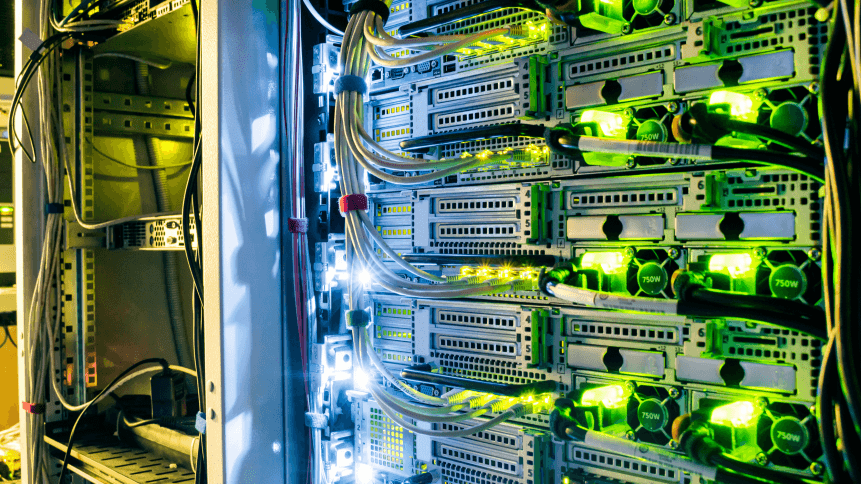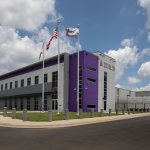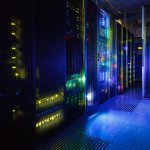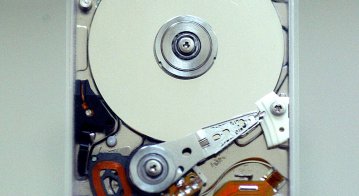Will data center sustainability take priority in 2021?

- The massive energy footprint of cloud computing enables the data center industry to drive a global shift to renewably-powered business.
- Demand for green data centers is expected to increase given that it can power businesses efficiently to reduce power consumption.
Whenever you use any services on the internet, you are connecting to one of many millions of servers located in one of many thousands of data centers around the world. In 2020, the ‘invisible’ operations of the data centers have taken the front seat and were turned into one of those essential services in many nations around the globe.
According to a report, having grown from around 11 million in 2006, as of 2020 there are an estimated 18 million servers deployed in data centers globally. A data center can range in size from small 100ft2 cabinets up to massive 400,000ft2 hyper-scale warehouses.
As data centers have a range of components that make up their energy footprint, electricity is the primary energy input in daily operations. All the equipment – servers, storage, networking – is powered by electricity, which means the environmental impact of a data center is largely dependent on where that electricity comes from.
Whilst non-renewables continue to make up a large part of the source of that electricity, a transition is still in progress to clean up the grid. As it is known, data centers consume around 200TWh of electricity each year or about 1% of global usage, as of 2020, which has only increased by 6% compared to 2010 levels. In short, energy usage has been decoupled from data center usage.
Sustainable data center trends ahead
Some cloud service providers have continued to expand their infrastructure to support the increased internet usage and work-from-home dynamics. According to Dell’Oro Group’s analyst Baron Fung, cloud expenditure would increase this year.
“This may not be a surprise given the surge in demand for cloud services throughout the pandemic. But we project that all of the top 10 cloud service providers will increase their data center Capex in 2021 by double-digit growth as they revert to an expansion cycle. Data center suppliers such as processor, memory, storage, and optics vendors have positive sentiment going into 2021 and have been proactively expanding capacity,” he said.
More importantly, demand for green data centers is expected to increase given that it can power businesses efficiently to reduce power consumption, thereby avoiding carbon emissions and reducing the carbon footprint.
To that, Technavio reckons the global green data center market will grow by US$44.92 billion during the 2020-2024 period. As per Technavio, the increase in the purchase of renewable energy sources will have a positive impact on the market and contribute to its growth significantly over the forecast period.
How the green data center will impact business
As IDC has forecasted, the global data will reach a whopping 163 zettabytes by 2025. Given more data is generated every day, many enterprises are in search of ways to store data that have minimal impact on the environment.
As organizations produce and handle ever-greater volumes of data, they will seek more cost-effective options for storage, hence, there is no exaggeration in mentioning that implementing green practices can not only benefit the environment but also increase return on investment (ROI) over the period.
Given that consumers are becoming more aware and interested in social and environmental issues, they see a company’s values as equally important to its responsible business practices. As Deloitte would put it, “energy management has become table stakes for competitiveness”.
Since green or environment-friendly data centers use the minimum amount of power thanks to continuous monitoring and effective data management services, such data centers can reclaim unused power to use it for different applications. In a way, these data centers consume energy very efficiently thereby reducing the capital expenditure.








